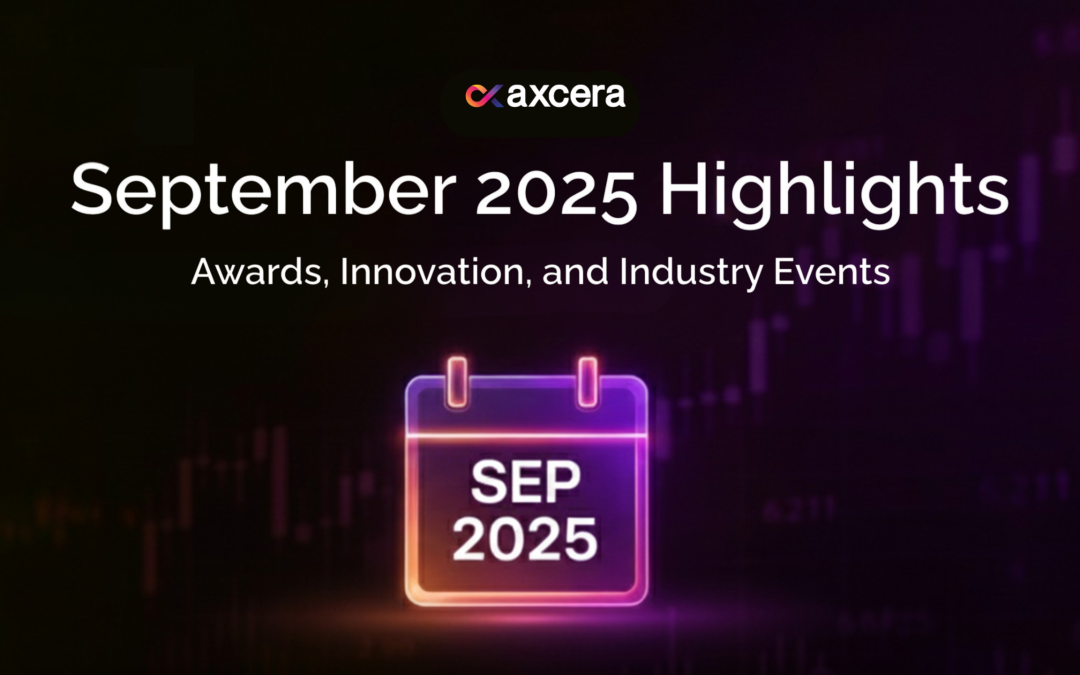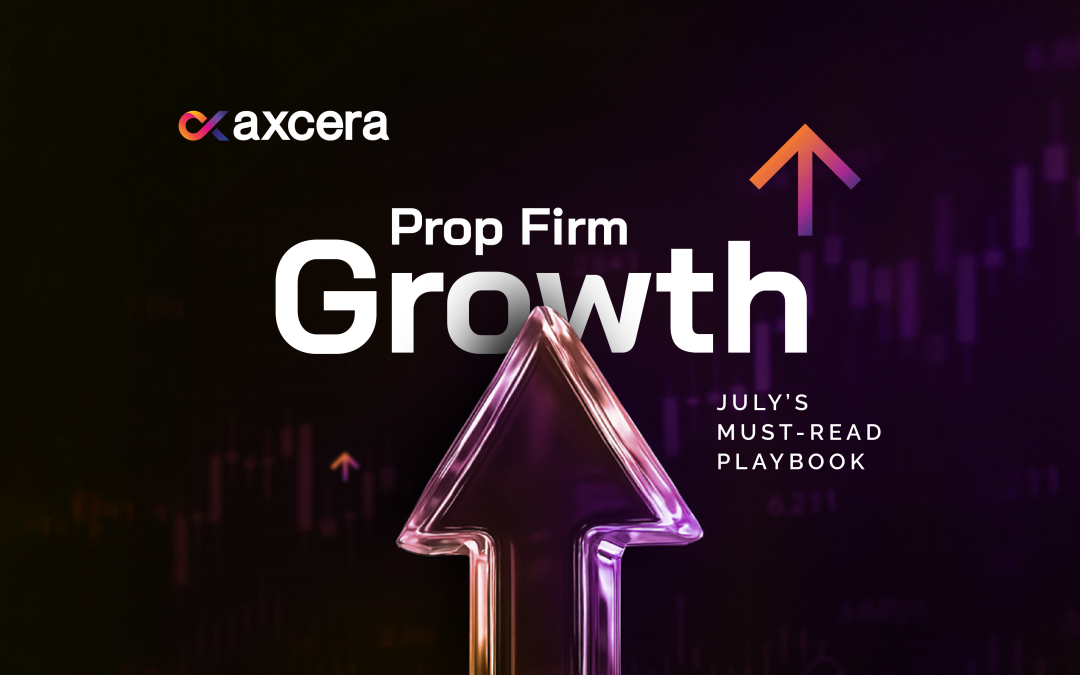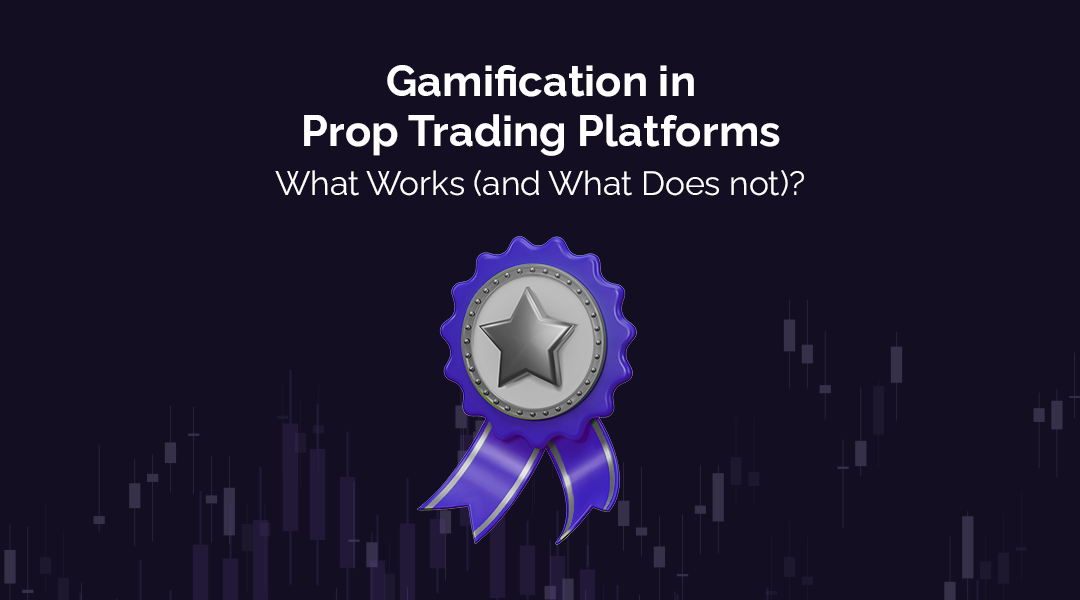The most successful trading operations are not the ones that take the fewest risks, but the ones that take the smartest risks, and a mix of intuition and technology can help a firm get ahead of its competition.
There is no truly safe trading philosophy, of course; even low-risk, slow-yielding investments such as government gilts can suddenly fall in price as a result of wider economic factors.
However, with proprietary trading firms in particular, where the capital invested comes from the investment firm themselves, effective risk management is the ultimate key to success, profitability and long-term financial sustainability.
This is where dedicated trading software tailored around the needs of your firm can be particularly important, and here are some of the ways in which it can help make the difference between long-term, sustained success and potential difficulties.

Access And Interpretation To Real-Time Data
Financial markets are almost incomprehensibly complex and interconnected, with unexpected volatility in one aspect of the market having a remarkably potent effect on not only financial instruments in said sector but in other parts of the financial market as a whole.
Trying to manually account for every eventuality is exceedingly difficult if not practically impossible, but with the help of analytical tools that can process and interpret the wider market, it can help traders make informed decisions about how to manage their portfolios.
Automation Of Assessment And Management Protocols
Arguably the biggest benefit for prop firms is that dedicated software can be designed around a firm’s risk management philosophy and create systems that ensure that no trade or small group of trades can have a deleterious effect on a firm’s business.
These include setting appropriate stop-loss and take-profit orders, which close positions once they reach a certain price, setting position sizing limitations based on the size of a portfolio and ensuring that a portfolio has an appropriate level of diversification based on geography, market sector and asset class.
All of these aspects can help augment a trader’s ability to manage a prop firm’s money, losing the least whilst making the most.
Allows For Stress Testing And Simulations
The biggest and most clear advantage to using risk management software is that it allows for simulations and stress testing of portfolios for any scenario, taking into account the potential shifts in the market and their likelihood of occurring.
This allows not only for the creation of contingency plans but also more robust trading plans in general, and ones that are more likely to emerge stronger out of more vulnerable markets.
Creates A Barrier To Emotional Trading
Traders are not infallible, and some of the most successful hedge funds in history have lost gigantic sums of money on trades that didn’t work.
Stanley Druckenmiller, the man who helped George Soros engineer one of the most famous forex shorts in history, ultimately resigned from the Quantum Fund after losing money trying to short dotcom stocks before emotionally trading to try and get his money back right as the bubble burst.
Risk management software can help put barriers in the way of emotional trading, both through setting strict criteria for making trades but also by ensuring ready access to trading plans, risk management protocols and establishing as many rules in code as possible.









